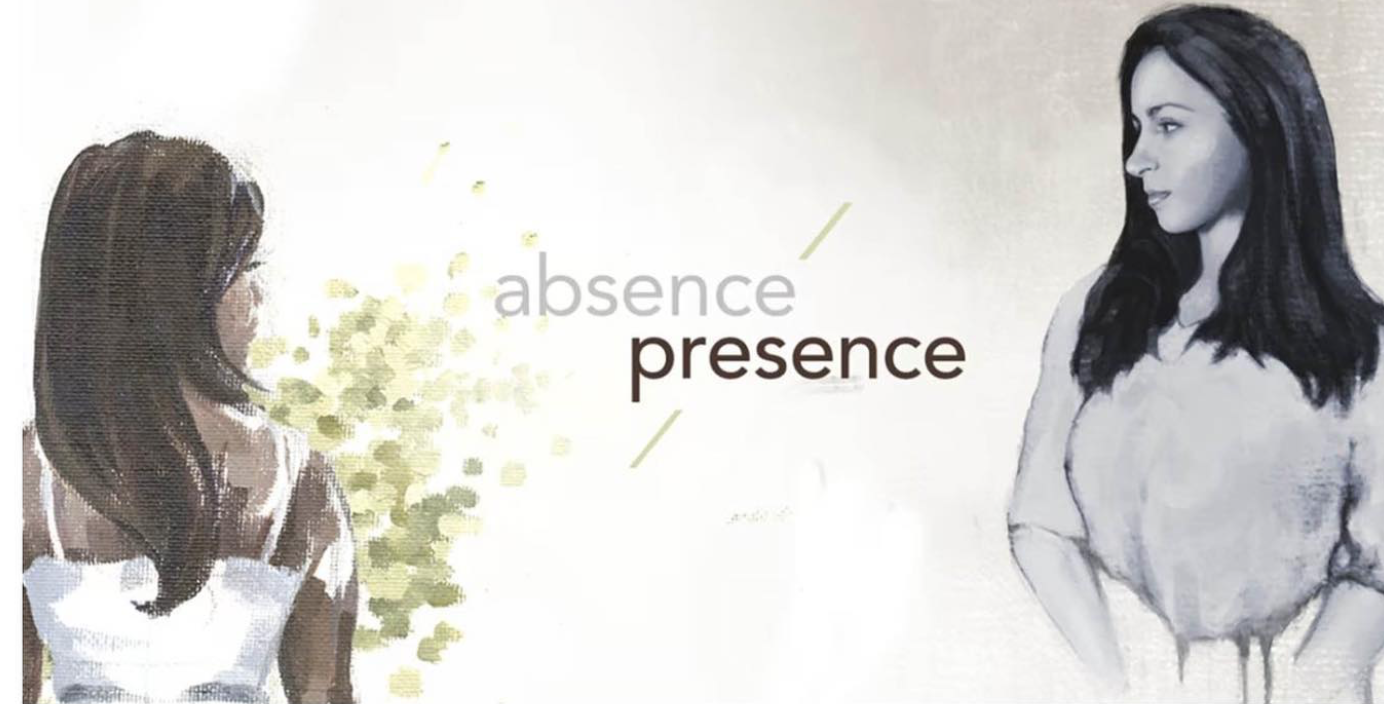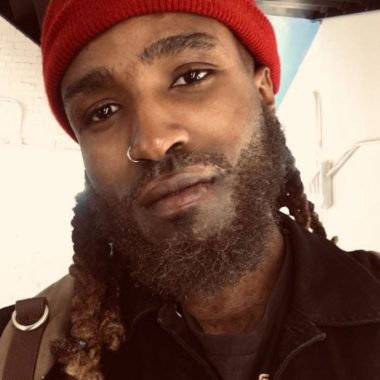This past October, I walked into the Wythe Hotel eager to see the screening of the film and docuseries, Foster Care Film. I could feel the anticipation in the room, I had heard a few things about the Foster Care Film episode, Absence Presence, but nothing prepared me to be as moved and inspired as I was watching the film after it ended.
Directed by Yasmin Mistry, the docuseries follows the lives of women who have been thrust into the foster care system at very young ages due to circumstances beyond their control. For Absence Presence, we peek into the history and lives of two young women (girls at the time) Charell and Camilla, both of whom were pulled into the foster care system. In the film we watch Charell and Camilla detail their distinct but connected experiences, recounting the many touching stories about how they entered the system and continued on with their lives.
The film starts with Charell, a young Black girl from New York City, who moves through her early life navigating tough circumstances, separated from her siblings while moving from home to home. Though Charell ‘s story did show glimpses of happiness, namely moments with her great-grandmother, her early life was turbulent. Camilla’s story begins with similar circumstances of instability and difficulty, however, her foster care story landed her in much more favorable conditions, connecting with a loving family. Despite their challenging beginnings both these young girls charged through their tough circumstances to find stability on the other side of difficulty and hardship.
The foster care system in New York City, like many urban areas across the United States, plays a critical role in the lives of vulnerable children. While the system often faces criticism for its shortcomings, of which there are plenty to discuss, it’s important to shed light on the numerous resources available to support these children.
Roderick Thomas: Tell me a few things about making this series. What was your process?
Yasmin Mistry: This film took 10 years to make. Initially, we set out to make one film, but there was so much footage, so many stories, making it a series just made sense. I didn’t think we’d spend this much time on this film. I am grateful though, and I’m ready for the world to see it.
Yasmin: Our goal is to provide role models for youth currently in the foster care system and to educate general audiences about foster care, so we can inspire prospective foster parents, mentors, or advocates to take action within their communities.
The stories of the foster care system are as diverse as the people in them. New York City’s foster care system is one of the largest in the nation, caring for thousands of children who have been removed from their homes due to abuse, neglect, or other unsafe conditions. These children range in age, ethnicity, and background, making it a diverse and complex system to navigate. The challenges faced by these young individuals are immense, as they often deal with emotional trauma, disrupted family dynamics, and the uncertainty of their future.
After the film, during the Q&A, director Yasmin Mistry, Charell, and others discussed the support services available to foster children that many (foster children themselves) are unaware of. From ways parents and guardians can participate in mentorship programs, mental health, and education programs, there are specialized programs dedicated to ensuring that foster children have access to quality life.
As foster children approach adulthood, they face unique challenges in transitioning to independent living. Their success is highly dependent on what information and options are available and who is around them—even in the foster care system the phrase who you know still applies. Far too often many people age out of the system at 18 years old and are left to fend for themselves.
To address this, the city offers programs that focus on preparing these youth for the responsibilities of adulthood, though life skills training, vocational programs, and housing support are just a few examples of the resources available to help foster youth successfully navigate this critical phase of their lives.
Foster Care film uncovers the reality and diversity of the system these young women enter, while not erasing the hope that does exist in and out of foster care—-a delicate balance of hope and truth.
While the foster care system in New York City faces its share of challenges and criticisms, it is essential to recognize the hidden resources that are tirelessly working to provide a brighter future for foster children. Counseling, education, mentoring, independent living programs, and community partnerships are among the valuable resources that often go unnoticed by the general public.
By shedding light on these resources, we can foster hope for a better tomorrow for the countless children who rely on the support of the foster care system. I left the screening moved, motivated and more aware. A reminder that, even in the face of adversity, there are people and organizations dedicated to nurturing the potential of every child.
Absence Presence is now streaming, available for viewing on PBS.










